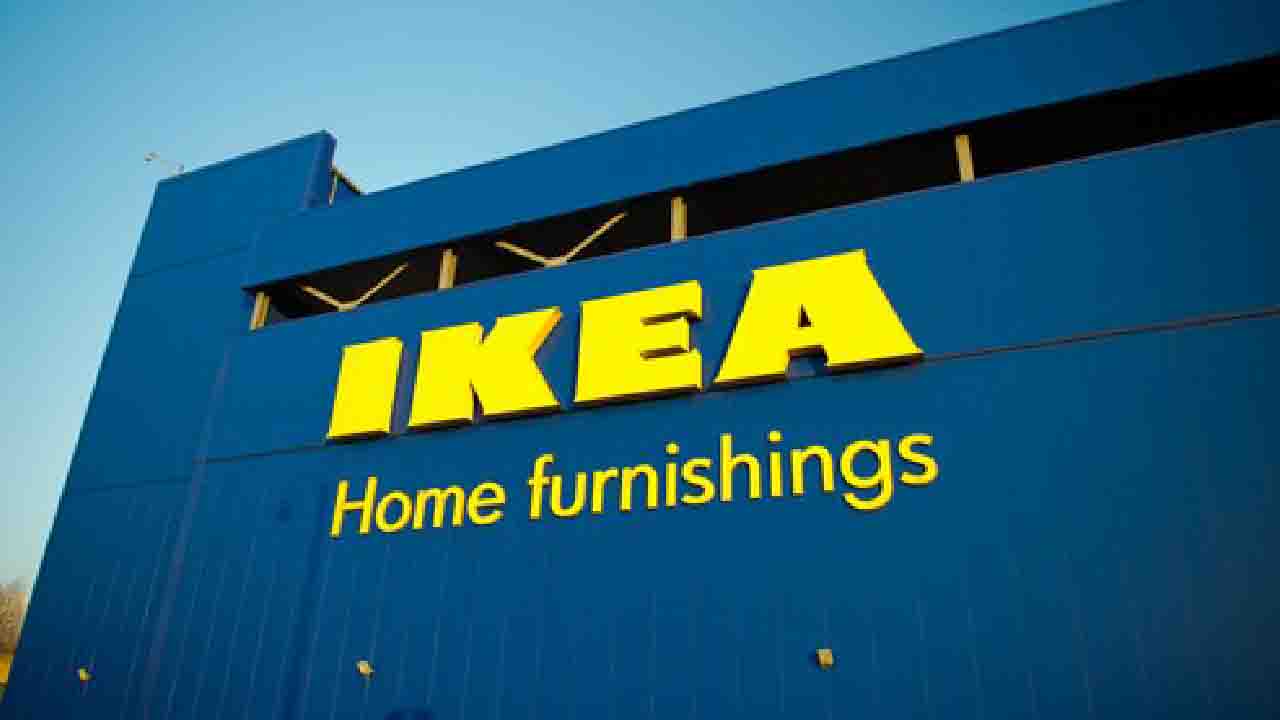In recent years, the concept of the circular economy has gained significant attention as a sustainable approach to managing resources and waste. The circular economy aims to minimize waste generation and promote the continuous use and recycling of materials to create a closed-loop system. One company that has made substantial strides in adopting circular practices at scale is IKEA, the Swedish furniture retailer known worldwide for its affordable and stylish products. In this article, we will explore how IKEA has embraced the circular economy principles, reducing waste, and promoting recycling throughout its vast operations.
One of the fundamental aspects of the circular economy is designing products with longevity and durability in mind. IKEA has recognized this principle and has been working on creating products that are not only functional and aesthetically appealing but also built to last. By using high-quality materials and sustainable production processes, IKEA ensures that their furniture and other products have a longer lifespan than many other alternatives in the market.
In addition to durability, IKEA has adopted a forward-thinking approach to design, which emphasizes modularity and adaptability. Many of their product lines are designed with components that can be easily replaced or upgraded. For example, if a part of a piece of furniture breaks, instead of throwing away the entire item, customers can simply replace that specific component, extending the life of the product and reducing overall waste.
IKEA’s commitment to sustainability also extends to the materials used in their products. The company actively seeks to use renewable and recycled materials wherever possible. They have been investing in research and development to find innovative ways to incorporate recycled materials into their manufacturing processes without compromising on quality and aesthetics. By doing so, IKEA reduces its dependence on virgin resources and contributes to the circular economy by giving new life to materials that might otherwise end up in landfills.
To make recycling easier for its customers, IKEA has implemented various initiatives across its stores. For instance, many IKEA stores have designated recycling areas where customers can drop off old furniture and other household items. These items are then sorted, and if possible, refurbished for resale, or disassembled to recycle the materials. This not only encourages customers to recycle but also ensures that the materials stay within the circular loop and can be used to create new products.
Beyond its products, IKEA has taken steps to minimize waste in its operations as well. Through efficient inventory management and production processes, the company has been able to reduce overstock and excess inventory, resulting in lower waste generation. Moreover, IKEA has implemented energy-efficient practices in its stores and warehouses, further contributing to resource conservation and reducing its carbon footprint.
One of the remarkable initiatives IKEA has launched to promote the circular economy is the “Furniture Take-Back” program. Under this scheme, customers can return their used IKEA furniture to the store, and in return, they receive store credits for future purchases. The returned furniture is then assessed, and if possible, it is refurbished and resold in the “As-Is” section, where customers can purchase second-hand items at a reduced price. This program incentivizes customers to recycle their old furniture responsibly while also giving others the opportunity to buy affordable, pre-loved IKEA products.
IKEA has also embraced technology as a means to promote sustainability and the circular economy. The company has launched apps and online platforms that facilitate the buying and selling of second-hand IKEA furniture, connecting customers who want to get rid of their used items with those who are looking for budget-friendly options. This digital marketplace encourages the reuse of IKEA products, fostering a sense of community engagement in sustainable practices.
Moreover, IKEA has actively collaborated with local recycling facilities and other organizations to ensure that their products’ end-of-life management follows circular economy principles. By working with recycling partners, IKEA can explore new and more efficient ways to recycle and recover materials from their products, thus closing the loop on their resource usage.
In conclusion, IKEA has emerged as a leading example of a company that embraces circular economy principles at scale. Through its commitment to designing durable, modular, and sustainable products, using renewable and recycled materials, and implementing recycling initiatives across its operations, IKEA has made significant strides in reducing waste and promoting recycling. As more companies look to adopt sustainable practices, IKEA’s approach to the circular economy serves as a compelling model to follow. By prioritizing environmental responsibility, resource efficiency, and customer engagement, IKEA demonstrates that large-scale adoption of circular economy principles is not only feasible but also beneficial for the planet and future generations.








